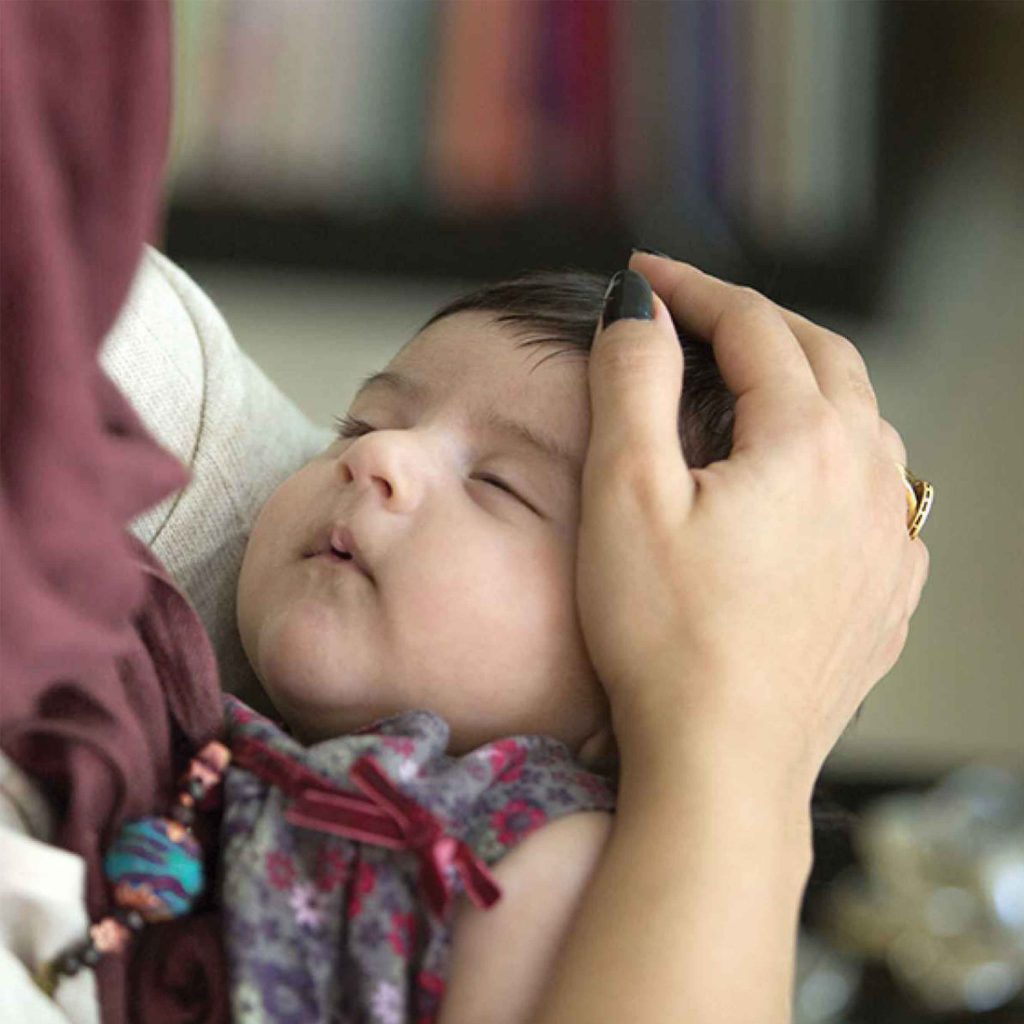
Following childbirth, many hormonal and physiological changes occur in mother’s body that prepare her to breastfeed her infant. After childbirth, estrogen and progesterone hormones level suddenly drops in blood circulation and secretion of prolactin increases rapidly and prepares condition of milk production. Normally, the primary stimulant for milk production and secretion is sucking mother’s breast by infant that transfers a signal to mother’s brain and actives milk flow in the breast. Nutrition during breastfeeding is very important, especially in mothers who feed their children just by their breast milk and requires to intake additional nutrients. Breast milk components varies based on mother’s diet. For example, combination of milk’s fatty acids reflects the kinds of fats received by mother from her diet.
Energy :
A mother needs to consume 67 kcal energy to produce 100 ml of milk. According to scientific sources, a mother needs 330 kcal and 400 kcal during the first and second 6-month periods, respectively. It is noteworthy that the required energy should be supplies to produce sufficient milk and in case of failure in receiving sufficient energy, mother’s body fat will be consumed. Therefore, especially in thin women, if the energy intake is limited, production of milk will be probably decreased. For this reason, women who breastfeed their children are recommended to receive 1800 kcal per day.
Carbohydrate :
The recommended dosage of carbohydrates during breastfeeding period is 160 to 210 gr which supplies the required energy for milk production. Consuming sufficient carbohydrates prevents production of ketone bodies in blood and maintains blood sugar at a proper level.
Ketone bodies included acetone, acetoacetate and β-Hydroxy Butyrate that are highly toxic and they acidize blood and hurt organs like brain. These bodies are produced by breaking fats in the absence of carbohydrates.
Fats :
Quantity and the kind of breast milk’s fat is completely in line with the mother’s diet. When insufficient energy is received by mother, her body uses its fat reserve and the produced milk contains a fatty acid the same as mother’s fat reserve. Concerning consumption of fats, two essential fatty acids are important: linoleic acid and α-linolenic acid that are precursors of arachidonic acid (AA) and docosahexaenoic acid (DHA), respectively. These two fatty acids include 60% of brain’s dry weight, half AA and half DHA. According to scientific sources, a mother needs acid linoleic and acid α-linolenic for 13 g and 1.3 g per day respectively during her breastfeeding period. Rich sources of these fatty acids are fish, linseeds and nuts, especially walnut.
Vitamins and Minerals :
Balanced consumption of vitamins and minerals during breastfeeding should be followed after pregnancy period. These nutrients are disposed to infant through breast milk and contributes to infant’s growth and development. Among vitamins, necessary levels of vitamins A and E increase considerably during breastfeeding period in comparison with pregnancy period. Concerning minerals, required levels of zinc and iodine increase and less iron is needed. Generally, mother’s diet should contain sufficient quantities of five main food groups to make sure about receiving vitamins and minerals. Vitamin D content of breast milk is dependent on mother’s exposure to sunlight. Existence of minerals like calcium, iron, zinc, copper, phosphor and iodine in diet of a mother who breastfeed her baby is necessary. Although some minerals like calcium, phosphor, iron and zinc may be absorbed to the breast milk from mothers’ body reserves, it is generally recommended that during their breastfeeding period, mothers consume calcium and other minerals sources.